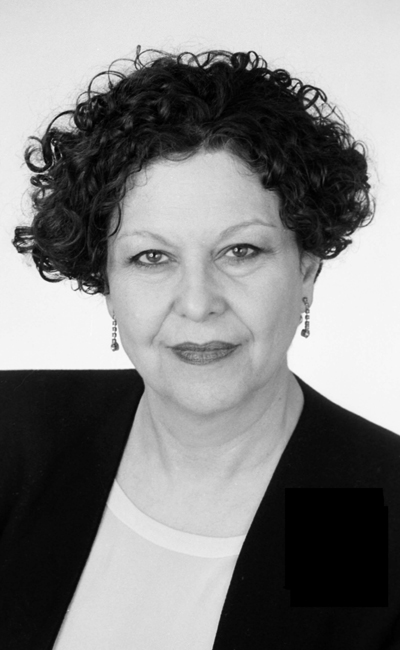Family Law in Morocco
A Brief History
Award-winning author Dr. Mounira Maya Charrad has been following women's rights and the implementation and evolution of the family law of Morocco for the past several decades. The following article is a historical survey of what has happened with the family law in the last century, where it currently stands and what this means for Moroccan women today.
Award-winning author, Dr. Mounira Maya Charrad
Women's rights as defined in family law have been a contentious political issue in the history of Morocco, as elsewhere in the Middle East. Accordingly, changes in family law have depended on the political circumstances. We can identify three critical periods: French colonization from 1912 to 1956, the immediate post-independence years that saw the promulgation of a national body of legislation in 1957-58, and recent liberalizing reforms in 2004.
Colonial Period: 1912 to 1956During colonization, regions and local communities applied their own versions of Islamic law. The French largely left the substance of family law untouched in part because they feared violent reactions to any alteration of established norms. Although women had more freedom in some regions than in others, on the whole, rules and practices placed them under the control of male relatives and husbands. There was no legal minimum age for marriage, which left room for child marriages. A woman did not give her consent to marriage during the marriage ceremony. Consent to marriage was expressed by a matrimonial guardian, typically the father, and it was his consent (not the bride's) that made the marriage valid.
Polygamy was legal. A man could in principle marry as many as four wives. Although rare were the men who had the financial resources necessary to support several wives and their children, the legality of polygamy was nevertheless a constant threat for women. Divorce was unequal between men and women. A man could terminate the marriage at will by "repudiating" his wife without court proceedings. A woman could obtain a divorce by appealing to a religious judge and proving that she had been harmed in the marriage. As in other parts of the Islamic world, women had the right to own property and to continue to do so after marriage. Their individual property did not become part of the couple's common assets, which gave women of means a measure of security. Inheritance was unequal, however, in that the share of a woman was usually half that of a man in a similar situation.
National Sovereignty and the Promulgation of a National Body of Legislation: 1957-58
Following national sovereignty in 1956, Morocco equipped itself with a national body of legislation called the Mudawwana or Code of Personal Status, promulgated implemented in 1957-58. Defining the rights and responsibilities of men and women in the family, the Mudawwana remained faithful to the Islamic legal tradition. The substance of the law was largely unchanged, as repudiation and polygamy continued to be legal. There were two major differences, however. For the first time, Morocco had a family law that applied to the population as a whole. The regional differences that had existed previously were no longer recognized. This meant that some women now had less freedom and some more, but all Moroccan women were subject to the same law. The other difference with the colonial period was that the Mudawwana presented in a concise and codified manner what had been previously a set of interpretations by legal scholars or a set of customs. Morocco now had a single, unified text of law to which citizens and lawyers could refer.
Women's Activism and Changes in Family law: 2004An important development in the 1980s and 1990s was the emergence of women's associations. Women's rights advocates became active in associations ranging from those with a distinct feminist orientation to others tied to political parties to still others with a humanitarian bent. They used the channels of communication that the associations offered as a basis for demanding family law reforms. In part as a result of women's activism, significant changes were brought to the Mudawwana in 2004.
The most remarkable reforms of 2004 concerned age for marriage, divorce and polygamy. In brief, they set the age of marriage for women at eighteen, established the right to divorce by mutual consent, thus giving women the right to divorce on the same grounds as men. They placed polygamy and unilateral repudiation by the husband under judicial control and restricted the conditions under which a judge would grant them, thus making them quite difficult for a man to obtain. They also eliminated the requirement of a matrimonial guardian for a woman to marry. These major reforms have been applauded by feminists in Morocco and elsewhere. The issue now is to see how the reforms are implemented not only for the educated middle class but also in rural areas and among less privileged urban groups. This is a matter on which women's rights advocates are concentrating. Only the future will tell how successful the application of the new family law is for the majority of Moroccan women.
Guest essay by Dr. Mounira Maya Charrad
Against All Odds: Women Partnering for Change in a Time of Crisis was produced by Women's Learning Partnership.


